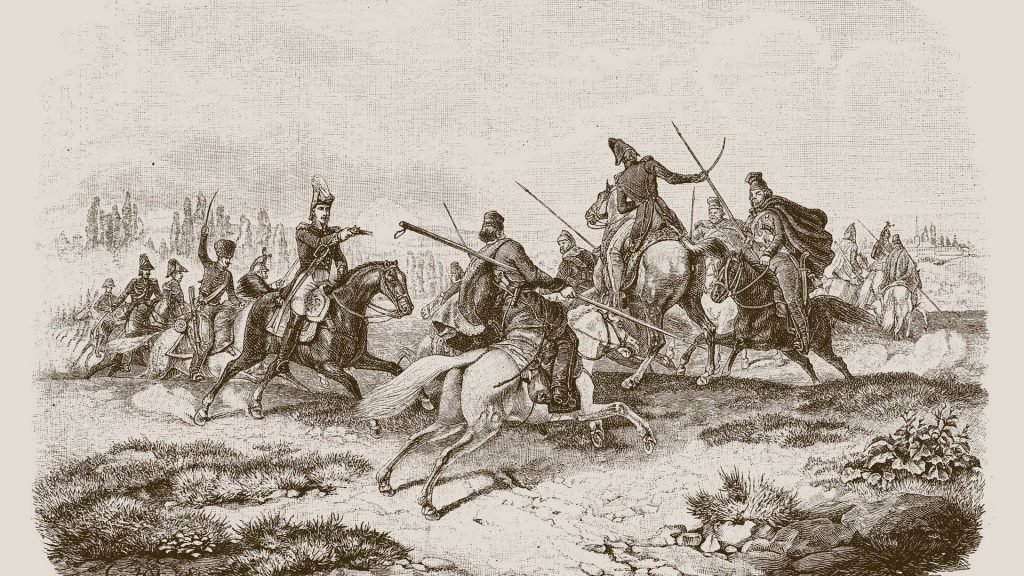A new answer to what killed Napoleon’s retreating army is in DNA: Study

In 1812, French military general Napoleon Bonaparte controlled most of Europe. Even with all this power, though, when he went to bring up to 600,000 troops to invade Russia, they were forced to retreat that October.
“He believed that he was going to be able to conquer the whole world, more or less,” Nicolás Rascovan, the head of the microbial paleogenomics unit at the Pasteur Institute in Paris, told NPR.
Instead, though, Rascovan said: “It was probably the beginning of the end.”
More than 300,000 soldiers in the French army died of infectious diseases during the Great Retreat from Russia — from exactly what pathogen, though, is still a matter of debate.
Typhus, also known as “camp fever” because it is often associated with armies, was thought to be the main cause after body lice was found among the remains of Napoleonic soldiers who died in one study.
However, this study was limited by the technology available at the time, and relied on the amplification of two short DNA fragments that did not offer “sufficient resolution to provide unambiguous evidence” of these pathogens being present in Napoleon’s army, researchers at the Pasteur Institute wrote.
While another study detected Anelloviridae viral ancient DNA in the Napoleonic soldiers, these viruses are ubiquitous and asymptomatic in human populations, meaning they are “unrelated to the fatal fate of these soldiers,” the researchers added.
So, using what they called “state-of-the-art DNA methodologies,” Rascovan and a team of scientists at the Pasteur Institute analyzed samples from the deceased Napoleonic soldiers and identified pathogen-specific genetic material. This provides direct evidence of infectious agents that could have contributed to the army’s collapse, they said.
In an article published Friday in the scientific journal “Current Biology,” researchers detailed how they sequenced ancient DNA from the teeth of 13 soldiers. As a result, they confirmed the presence of Salmonella enterica, which causes paratyphoid fever; and Borrelia recurrentis, a relapsing fever spread by body lice.
What the Pasteur Institute scientists did not find was Rickettsia prowazekii, which causes typhus, or Bartonella quintana, which leads to trench fever.
Rascovan said in an interview with NBC News that these diseases would have been prevalent in a space where people “were under very poor sanitary conditions or hygiene.”
“In light of our results, a reasonable scenario for the deaths of these soldiers would be a combination of fatigue, cold and several diseases, including paratyphoid fever and louse-borne relapsing fever,” researchers wrote. “While not necessarily fatal, the louse-borne relapsing fever could significantly weaken an already exhausted individual.”
While this study confirms the presence of two new pathogens, an analysis of a larger number of samples is needed to “fully understand the spectrum of epidemic diseases that impacted the Napoleonic army during the Russian retreat,” researchers noted.
The post A new answer to what killed Napoleon’s retreating army is in DNA: Study appeared first on Straight Arrow News.





